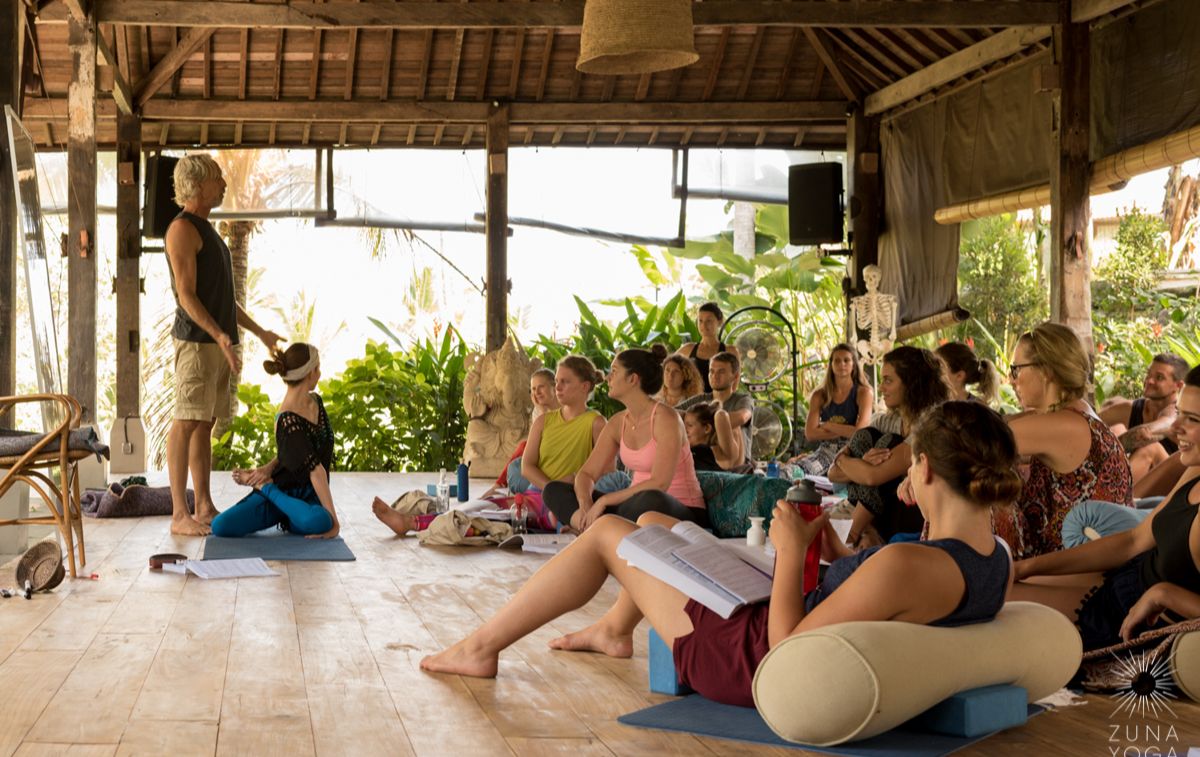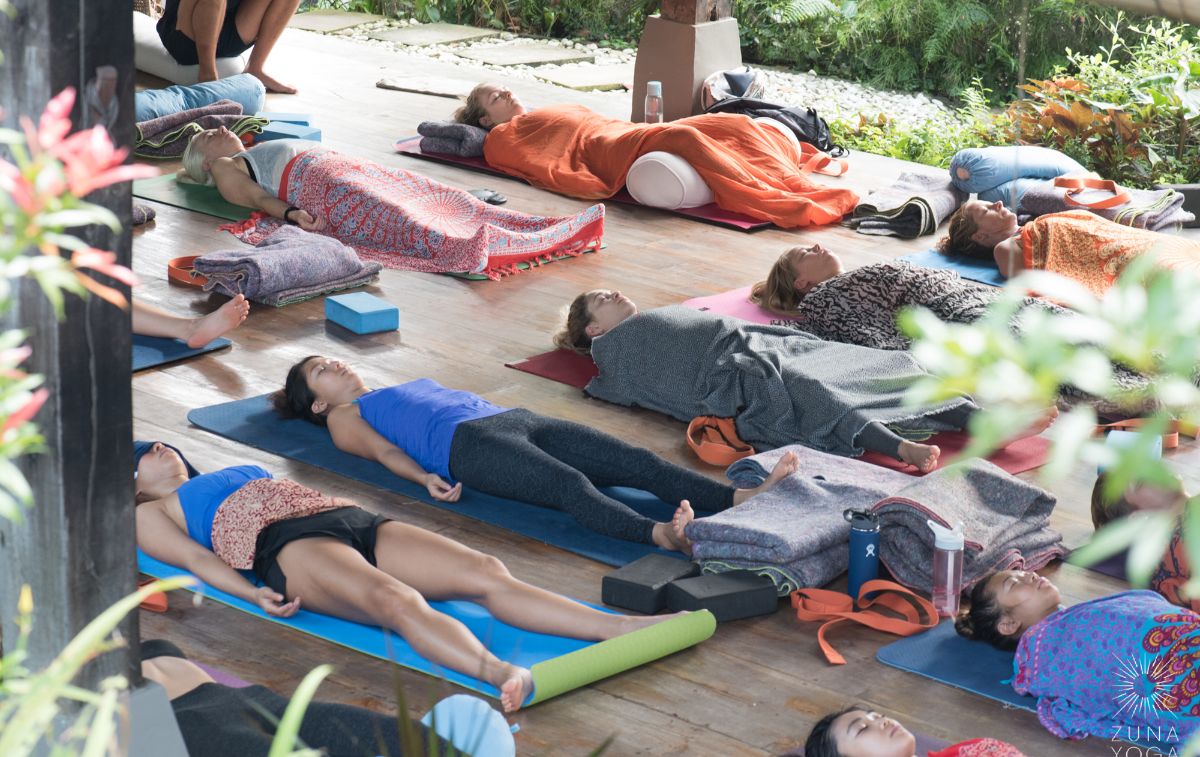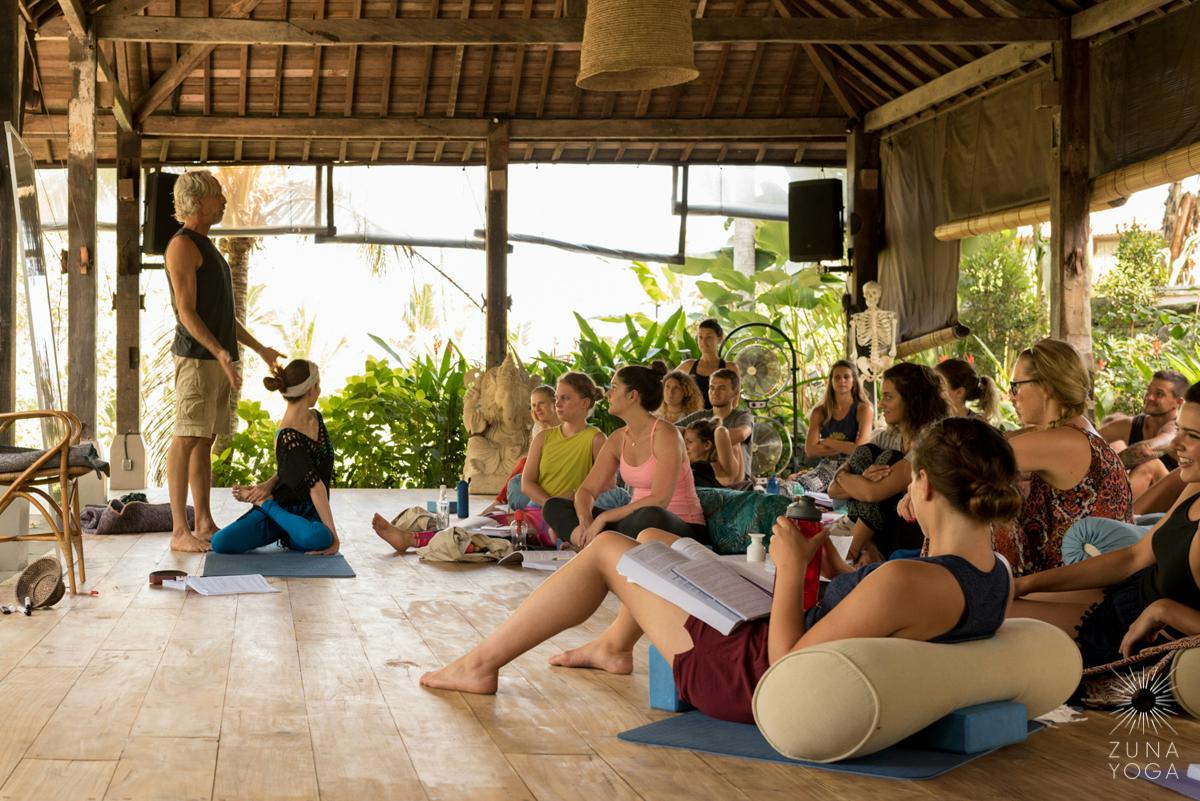Table of Contents
The Stages of Meditation
Finding depth in meditation
The Journey inward
The process of moving inward
Integration of mindfulness and concentration
Sinking deeper into the experience
Finding Depth In Meditation
In our last article, we touched upon the different types of meditation commonly encountered today. We'll now share with you the important difference between practicing various meditation techniques vs. utilizing them together in a structured system. Every trade has its toolbox.
While we tend to reach for one favorite tool most often, developing our skills with all the tools available allows us to hone our craft even more. We diversify the use of our tools to accomplish more, in less time – leaving more time to devote to our other precious pursuits.
As an example, meditation on the breath is where we focus on its mechanical aspects such as the movement in and out of the body. This is a beneficial technique that is very relaxing and can be recognized as meditation for mindfulness, as well as improved physical health. Yet, if the practice is limited to the physical breath alone, the higher aspects will be missed. When considered as the basis for a system of meditation, it is the gateway or starting point that leads us to deeper, more subtle states of experience such as energy (prana), the many levels of the mental process, the instruments of mind itself, and even more subtle aspects that define our individuality.
Similarly, we may practice meditation on the sensory experiences of the body, which is a very useful practice. However, subtler than the physical sensations are the senses themselves (as objects of examination), the mind (which is doing the experiencing), the deeper mental aspects beyond conscious thinking, and as well, the expressions of energy itself (prana). If we choose to progress beyond the sensing stage, the sensory meditation can be used quite effectively in the beginning of a specific meditation session and then followed by more subtle meditation practices.

The Inward Journey: Transcendental Meditation
Let's now explore the structure of a systematic approach to meditation a little more thoroughly. This begins with an understanding of the inward journey.
Few scholars would disagree on the authoritative position of Patanjali in his work The Yoga Sutras. Its wisdom is universal to all systems of meditation and should serve as a guide to any serious aspirant. It is a detailed outline to what we can expect as obstacles and rewards on the path of meditation. It also explains in great detail the structure of a complete system and the road signs to its achievement. Patanjali also shares a variety of methods that can be utilized, including some comparative analysis. Interestingly, however, he does not give any specific instruction for practice.
The Process Of Moving Inward Follows These Stages:
DHARANA, OR CONCENTRATION:
"Concentration is the binding of the mind to a single place.”
( Yoga Sutras 3.1)
Effort is required to repeatedly bring the attention to one point of focus, while learning to remain undisturbed by any other activity. No distractions of the world, sensations of the body, or thought streams of the mind. This is a preliminary practice, where the journey begins. It is also combined with other techniques as we progress through the purifying process.
DHYANA, OR MEDITATION:
“Uninterrupted stream of the content of consciousness is Dhyana.”
(Yoga Sutras 3.2 )
When the attention remains on that one point of focus for a sustained period of time. In other words, when the same object repeatedly moves to the forefront of attention, without other distracting thoughts, this is called meditation.
SAMADHI, OR ABSORPTION:
That state becomes samadhi when there is only the object appearing without the
consciousness of one's own self.”
(Yoga Sutras 3.3)
With concentration (dharana) and meditation (dhyana), there are three things: 1) observer, 2) process of observing, and 3) object that is being observed. With deep absorption, or samadhi, it is as if these three collapse into one, the object. Unity with the observed object has been achieved as the three have merged into one, unbroken experience (Yoga Sutras 1.17-1.18).

Integrating Mindfulness and Concentration Through The Stages Of Practice
How do we create a centered meditation?
Here we offer an example of how the qualities of mindfulness and concentration dance together with the various levels of meditation practice. This method systematically works with senses, body, breath, and the various levels of mind, to carry the aspirant to the center of consciousness (Samadhi).
Many traditions would agree that to journey into the depths of meditation, we must develop a relationship with what is known as the observer or witness. It is that part of us in meditation that can witness the mind thinking. This awakens us to the existence of a component of being that is separate from the activity of the mind and body.
As we remain detached from what is observed, we create space from the influences of the minds processes, our emotions and judgements. The witness simply observes without becoming involved. This detachment is the primary key to gaining control over the mind, liberating ourselves from distractions and mental wandering, which are commonly experienced during meditation.
As an example of technique, we can place our attention on the contents of the mind. We remain open to the full experience of thought, emotion, and sensation. How meditation works is this allows us to sharpen our capacity to perceive whatever is present. Attention may wander from the task at hand, whether by externally observing through the senses, or internally by becoming too involved in the processes of the mind (thinking). We simply allow ourselves to return, replacing focus on observation.
Once we can manage our involvement with passing thoughts and external distractions, we can direct our attention toward more subtle realms.
This is accomplished through more focused concentration on witnessing rather than evaluating emotional and analytical content. We observe the humors of our minds content, separating from the need to judge it, make any meaning of its content, or in any way be involved in its activity -- other than witnessing. As we gain success in the process of separation, we develop a refined sense of indifference, almost as if the mind we observe is not ours.
We watch and witness.
Detachment again plays an important role in strengthening our ability to dis-identify with the processes of body and mind. It allows us to remain aware and mindful while enhancing our ability to remain focused. Concentration, mindfulness, and detachment must become loyal companions for us to realize success.
Sinking Deeper into the Experience
Having established ourselves in the seat of the observer and refined our ability to detach, yet remain mindfully invested in our experience, we are ready to move deeper. In this stage of practice, the senses are withdrawn (Pratyahara). We move beyond any sensory awareness of the body, or of the physical world outside it. Only the processes of the mind itself exist. Here we find yet another form of mindfulness, exclusive of bodily sensation, and once again, concentration and detachment are its companion.
Just as we explored the body, we now explore the mind, witnessing what is present, exploring its content and nature, but remaining separate from its processes.
Once we are familiar with the territory of the mind, we begin to focus our concentration on the space and stillness between thought, rather than the mind's activity. The more successful we are at connecting to the space and stillness, the less active the mind becomes. We approach the end of the mind and all its associated thoughts, emotions, sensations, and impressions.
Concentration is essential at this stage.
Our mindfulness is turned inward toward the stillness and space. It is in this stillness and space that consciousness itself can be experienced. The space grows to infinite proportion, and with it so does consciousness. When we experience complete absorption into the pureness of this infinite expanse of space and consciousness, all activity has ceased, and we are delivered into Nirbija Samadhi.
The observer, the observed, and the process of observation have dissolved into the oneness of consciousness itself. This is a state of pure awareness, feeling benefit of meditation, without any processes of mind.
This is a wonderful tool for meditation on anxiety.
Continuum of the Yoga Sutras
NIRBIJA SAMADHI
“Then by the removal of all veils and impurities little remains to be known because of the infinity of knowledge.” - Self Realization
(Yogasutras 4.31)
Although there are many techniques and systems of meditation we can practice, it's important to remember that we are:
- Refining our ability to mindfully perceive with increasing sensitivity.
- Refining our ability to concentrate.
- Refining our ability to Witness or Observe with detachment.
These skills are then directed towards the achievement of:
- A level of Samadhi (absorption).
- Directing, moving or clearing energies of the mind and body.
Summary
To be clear, we are making no attempt to measure the value of any one technique or tradition over another. We all must begin our journey where we are and find a teacher who inspires us to grow and learn. With a basic understanding of a few classics texts and a little exploration, it is not difficult to awaken the magic of what meditation has to offer and excel in its process.
Although the benefits of meditation are only beginning to be revealed by science, it is a prescription for health, happiness, and longevity that everyone can experience. Meditation is a powerful tool for the betterment of ourselves and humanity. Understanding it is perhaps challenging because of the many different techniques that can be used and the difficulty of navigating the dogma often associated with various systems of practice. But when we look at the processes and objectives of meditation, it is in fact very simple and beneficial. Anyone can meditate. It just takes a little practice.
Whether you are practicing a morning meditation or a 5 minute meditation, use these yoga sutras to guide you.
So why not start now?
Previous posts in this series:
Part 1: why meditation is good for the brain
Part 2: physical benefits of meditation
Part 3: different techniques of meditation
Credible source on the benefits of meditation:
https://pubmed.ncbi.nlm.nih.gov/25783612/
https://pubmed.ncbi.nlm.nih.gov/32406348/
https://pubmed.ncbi.nlm.nih.gov/30153464/
Zuna Yoga offers yoga teacher trainings in Bali,






